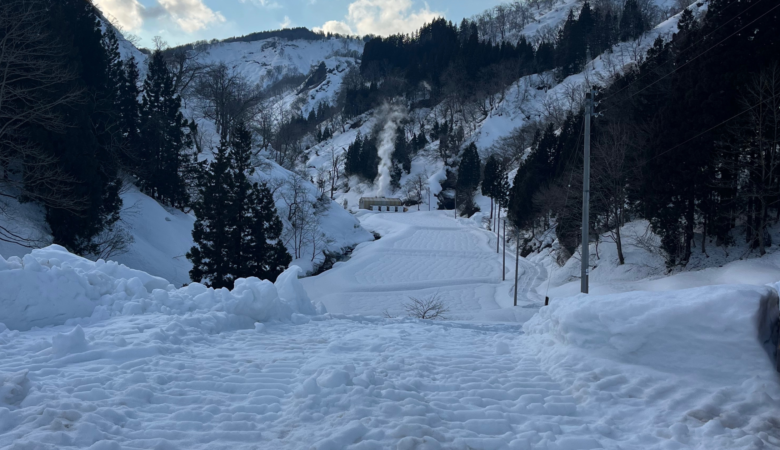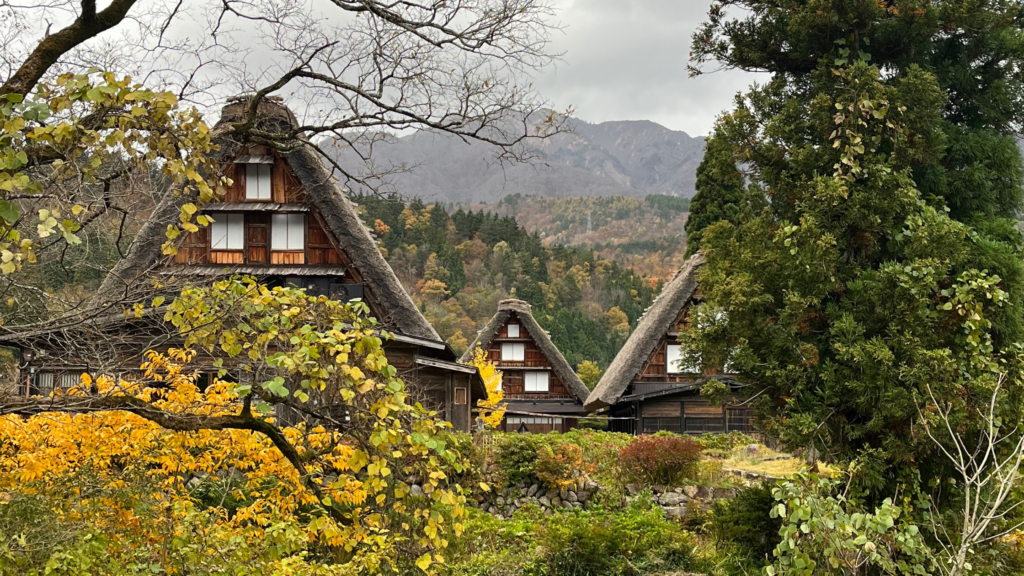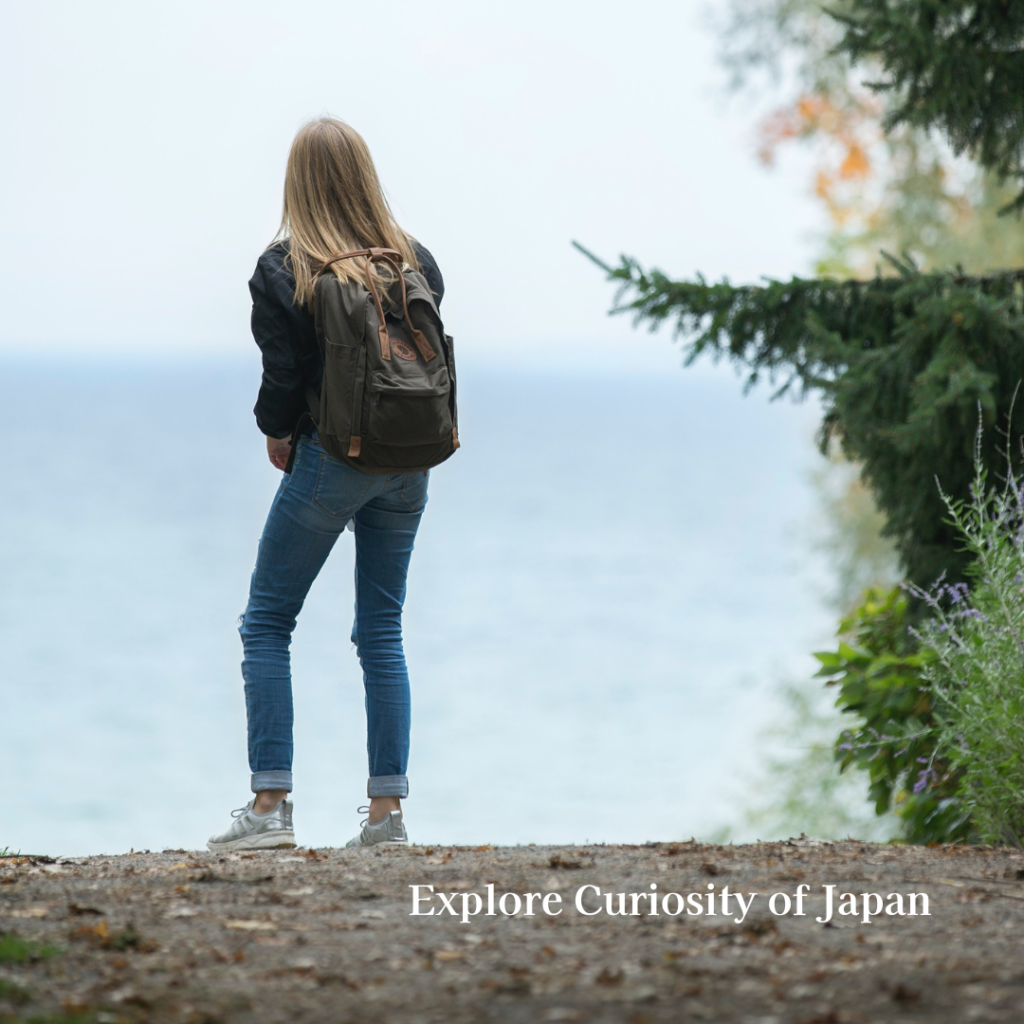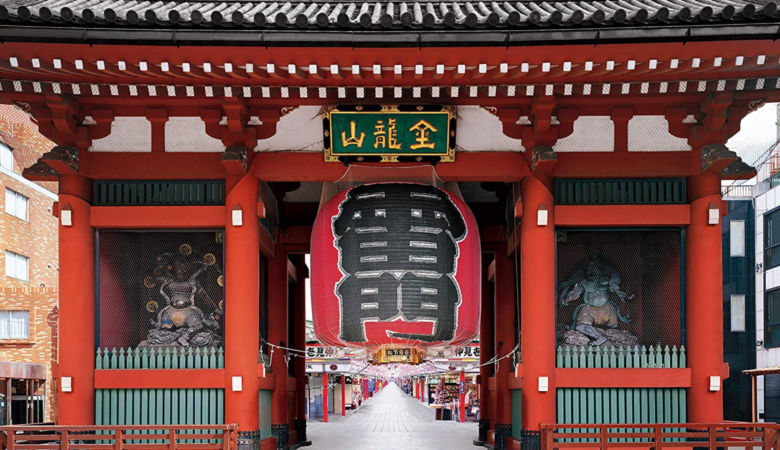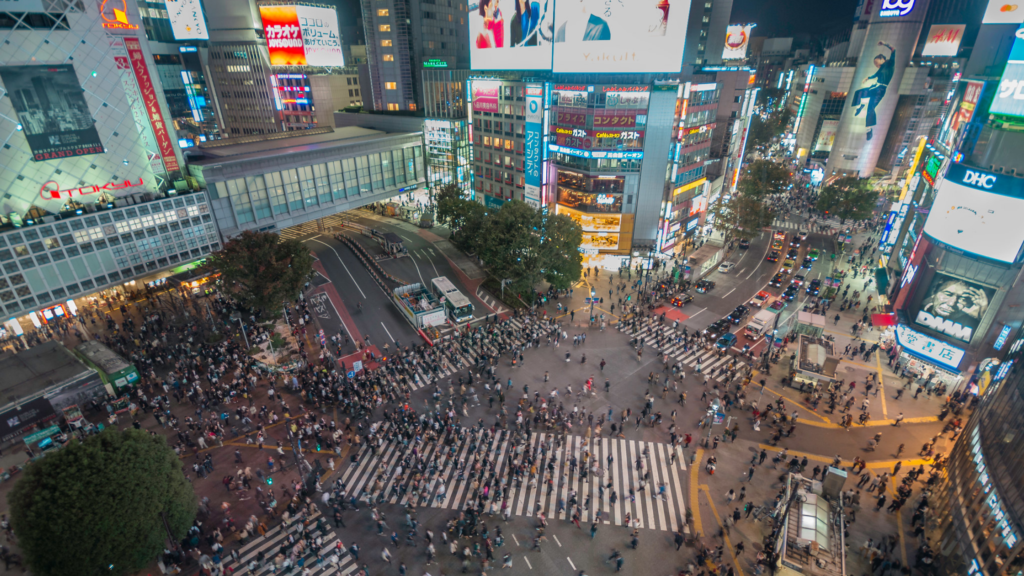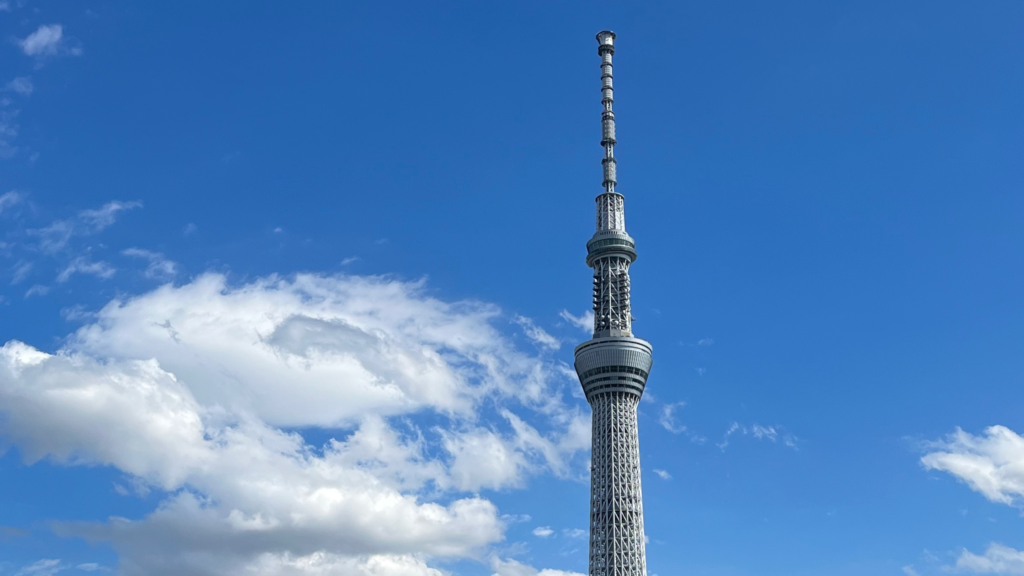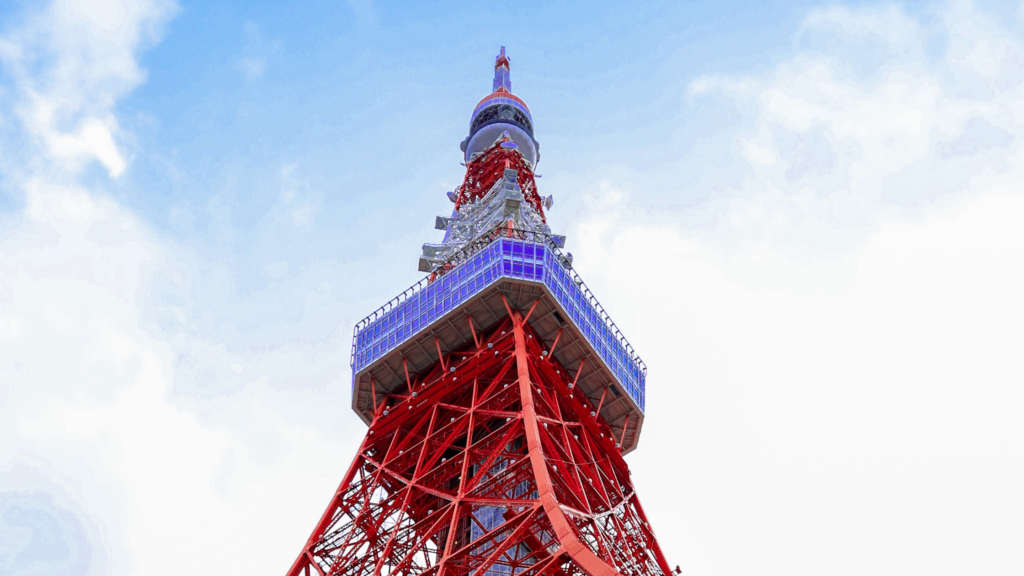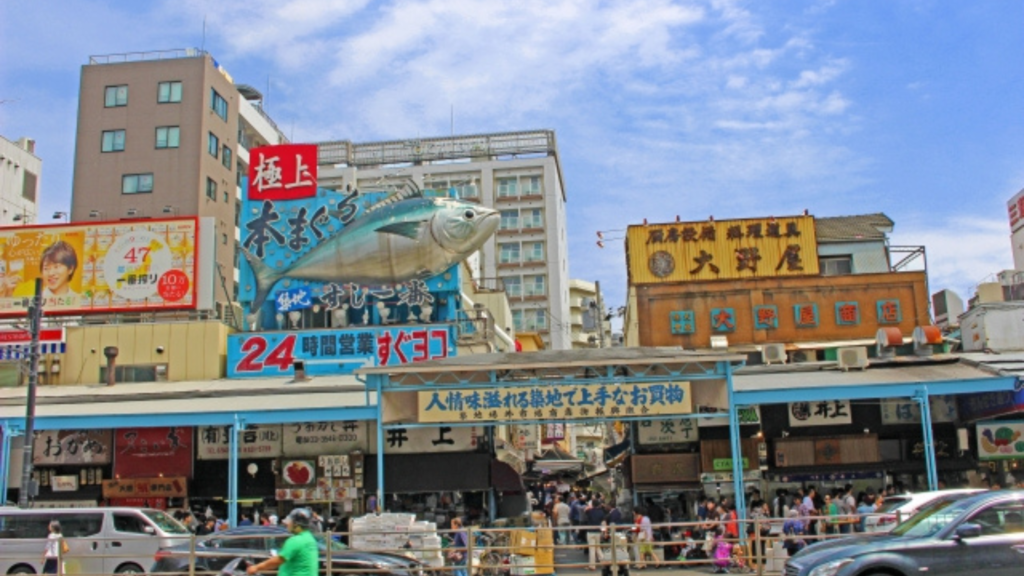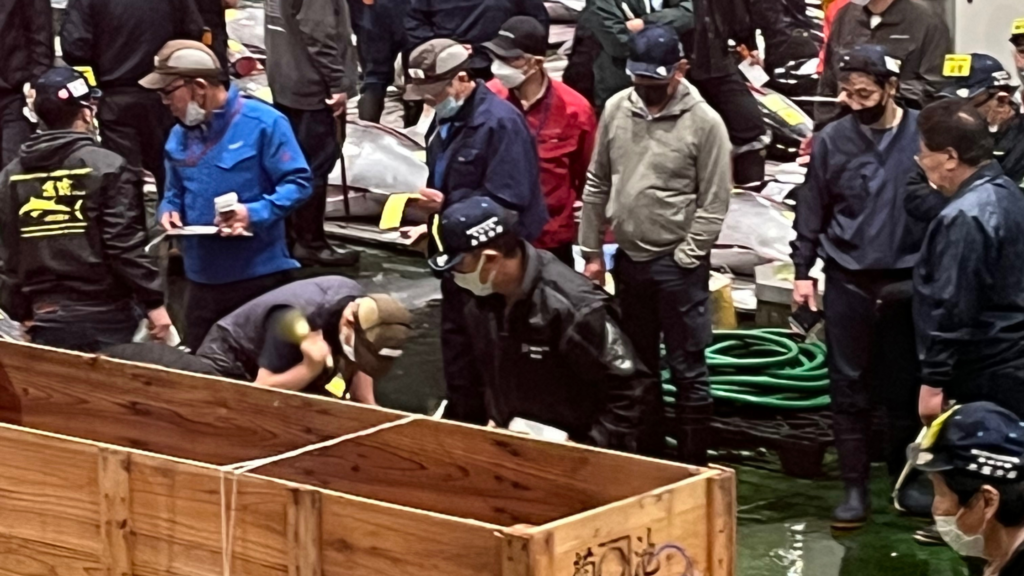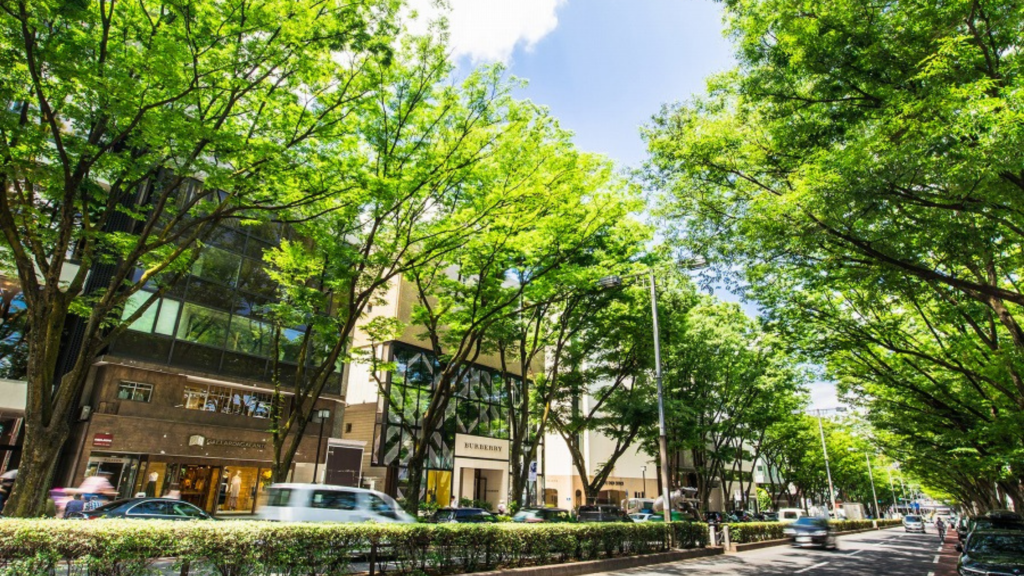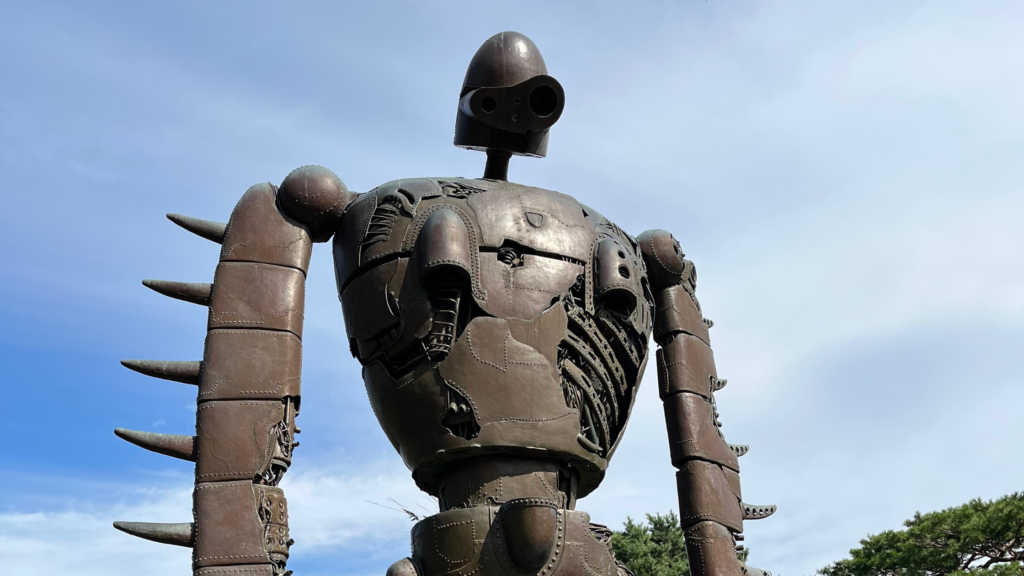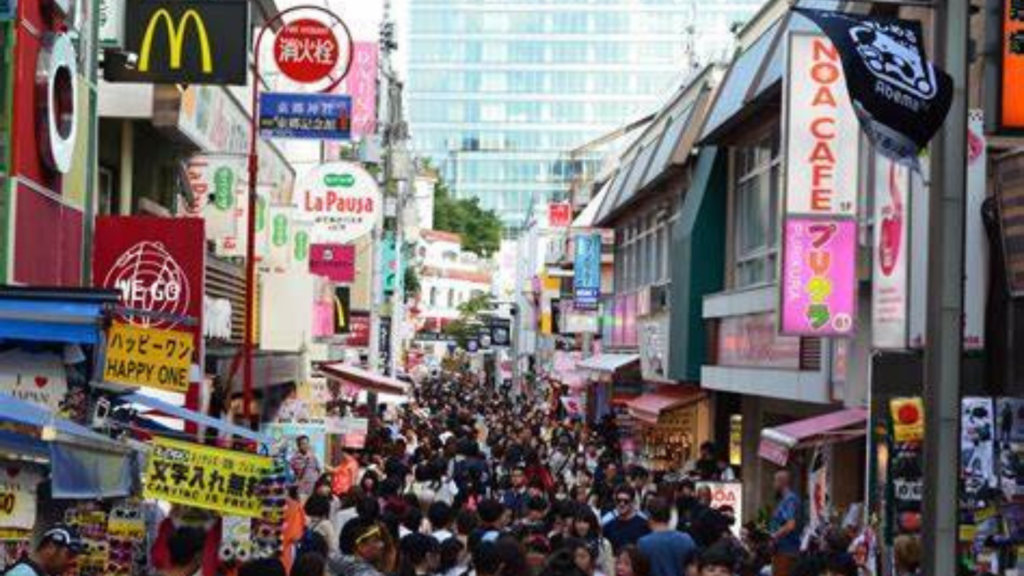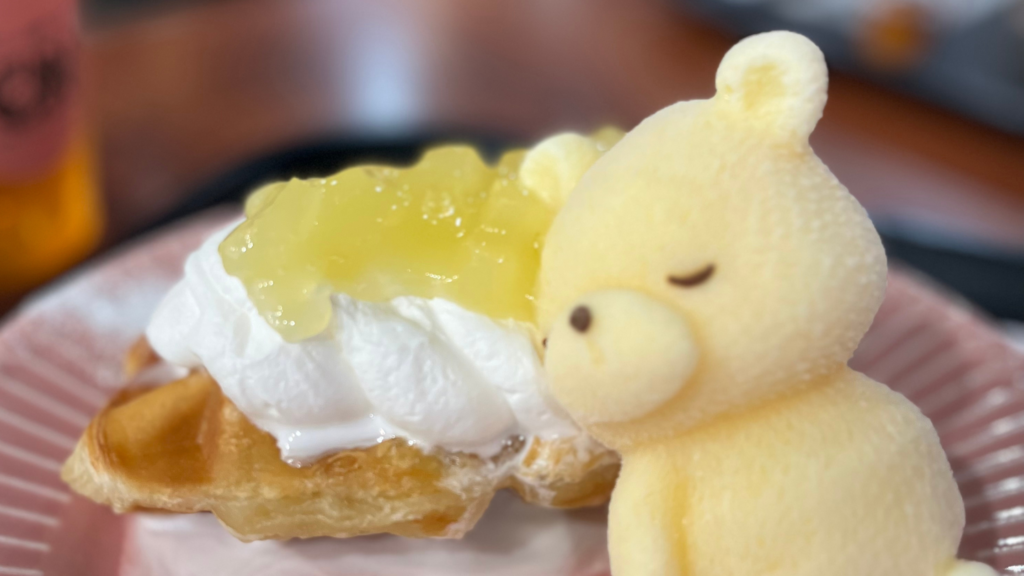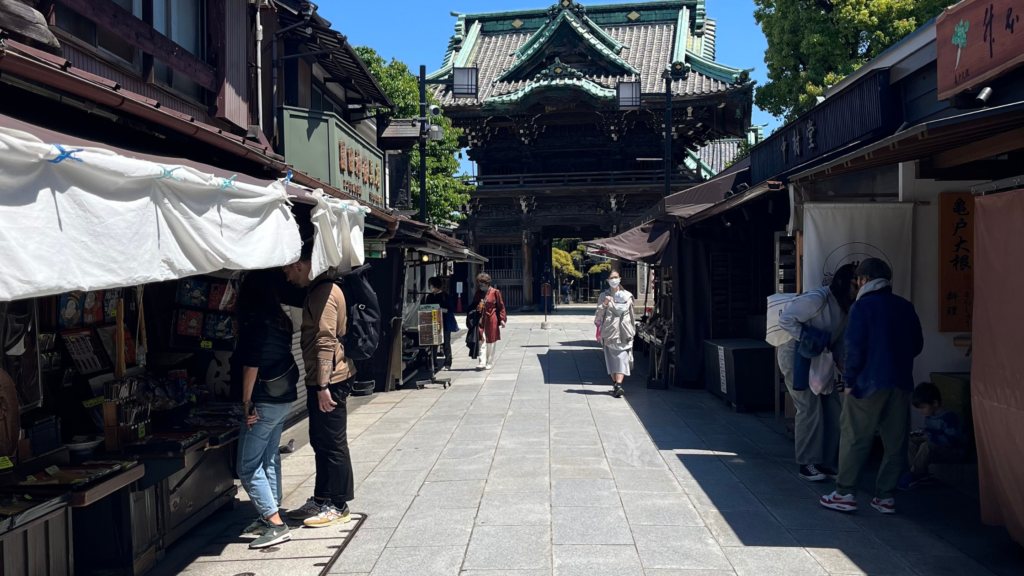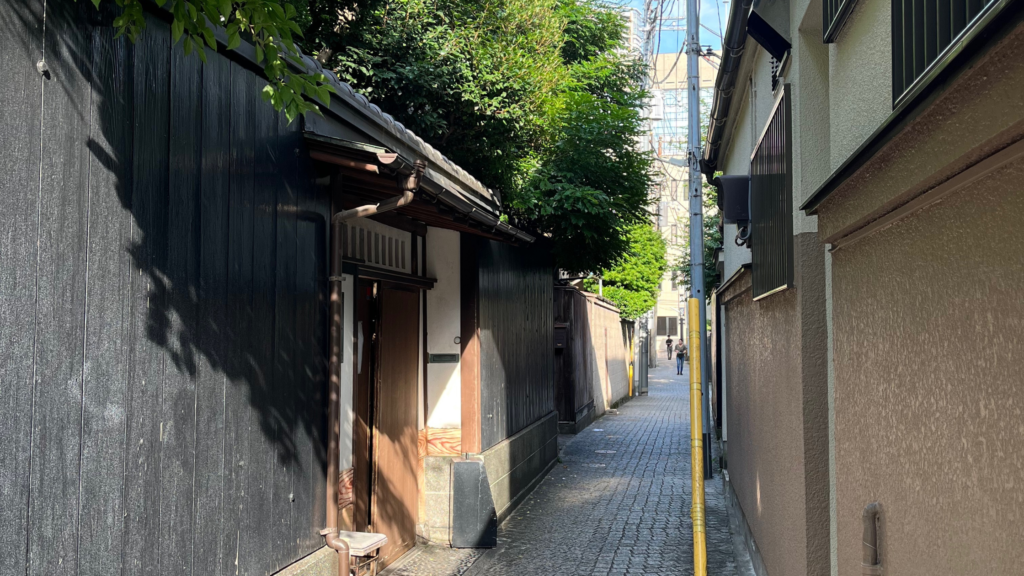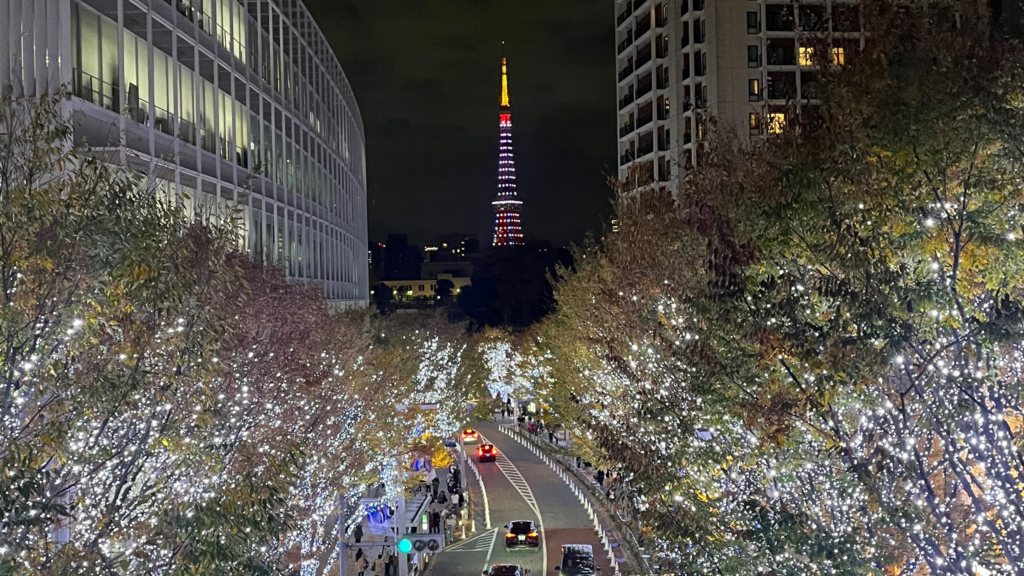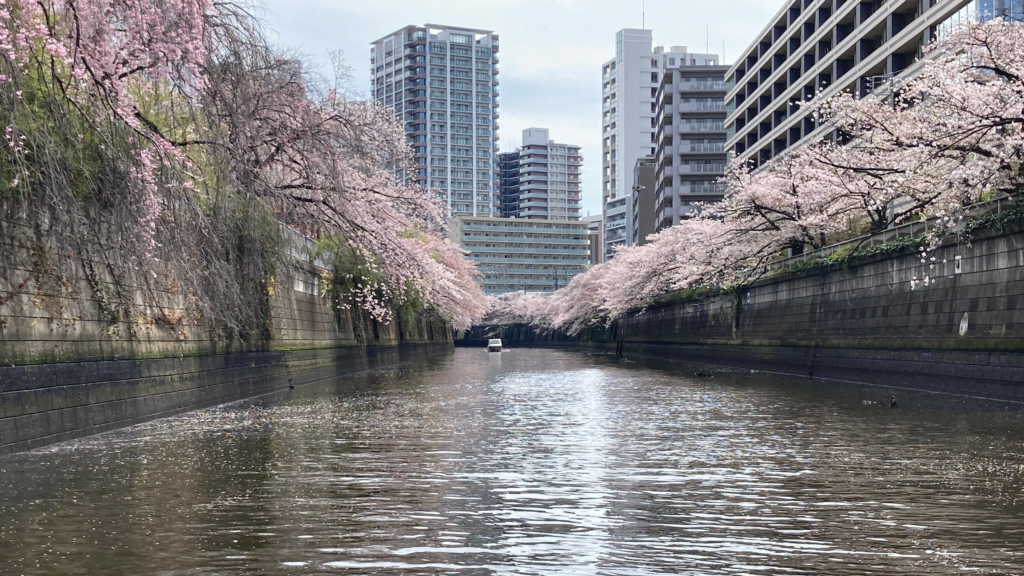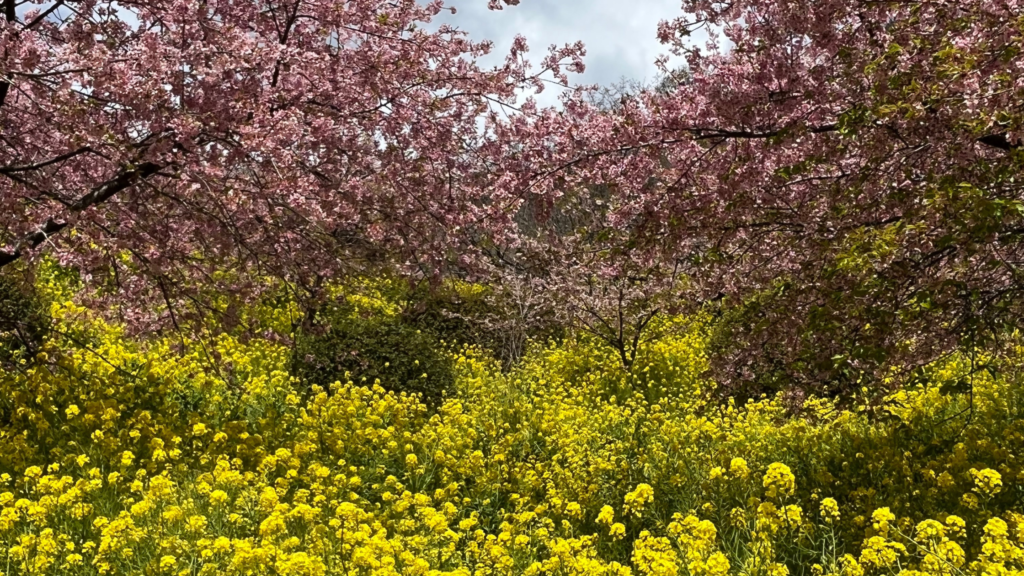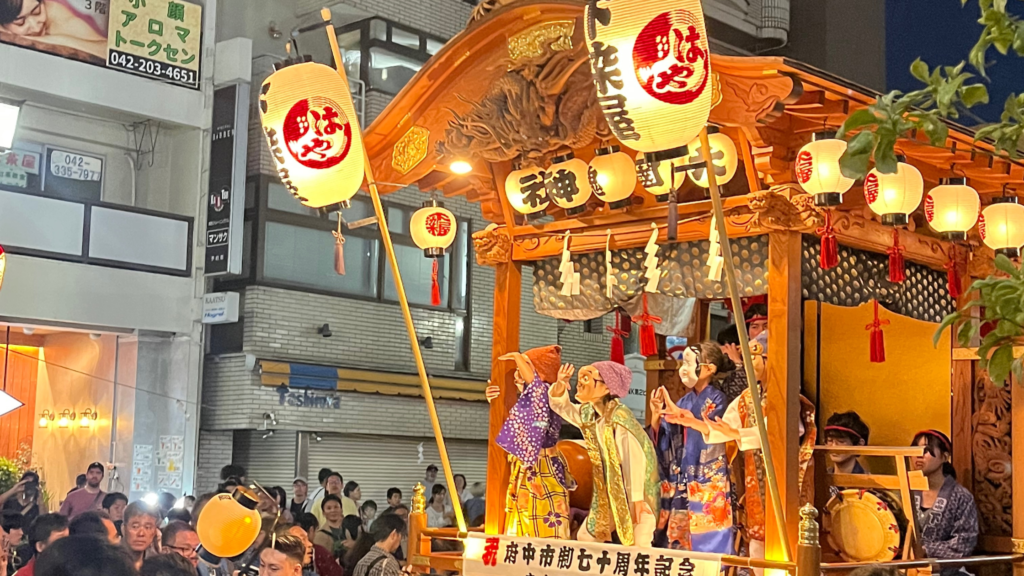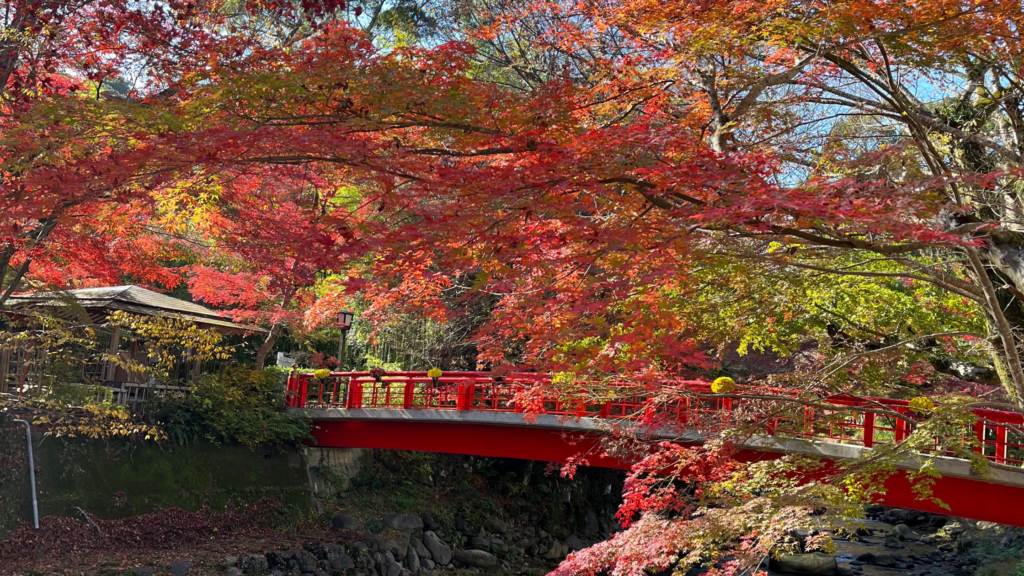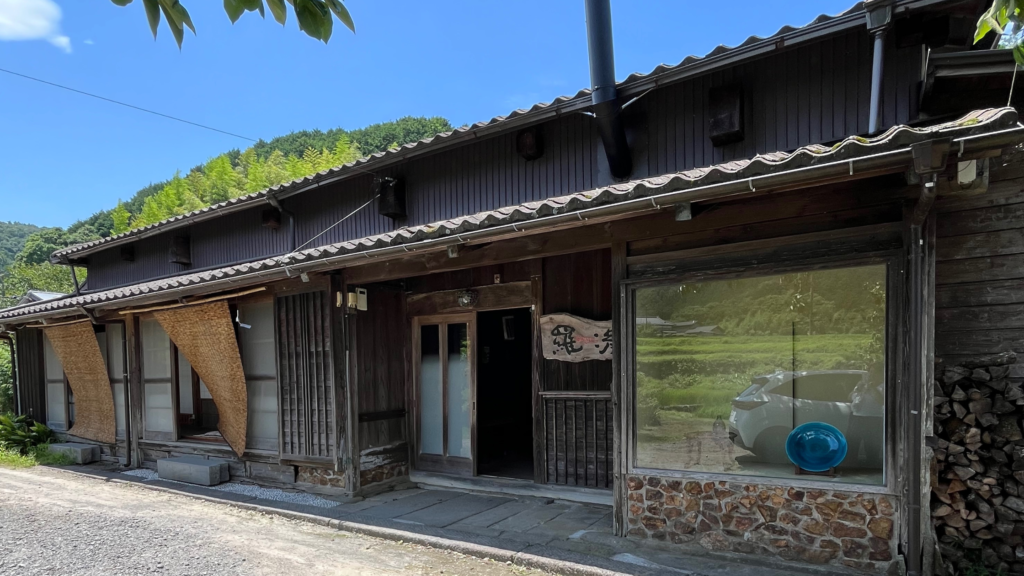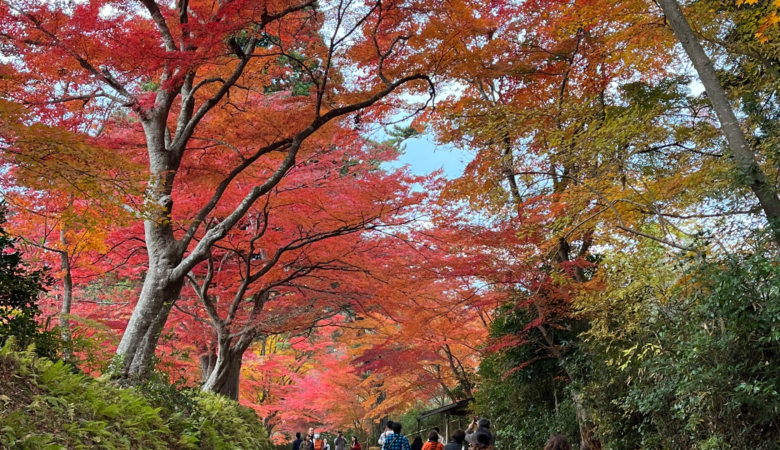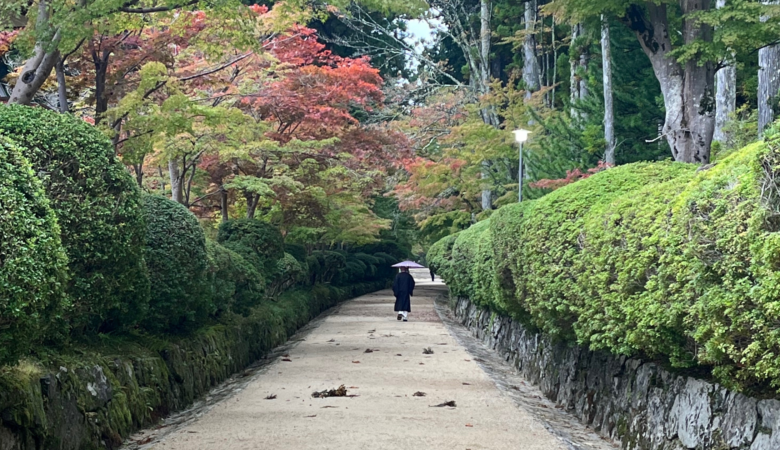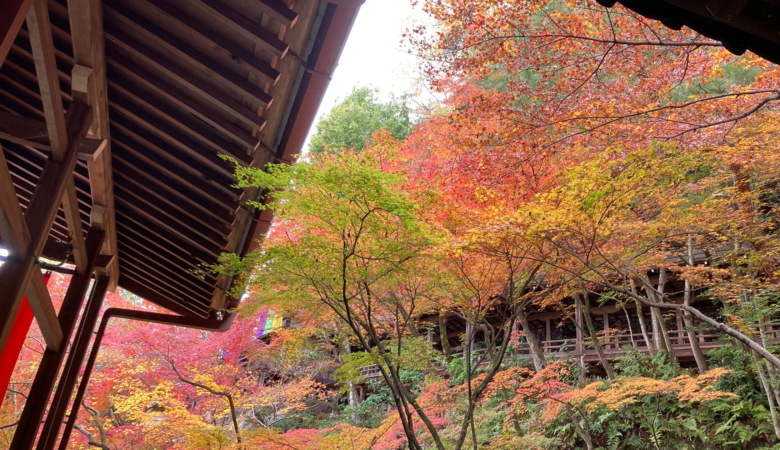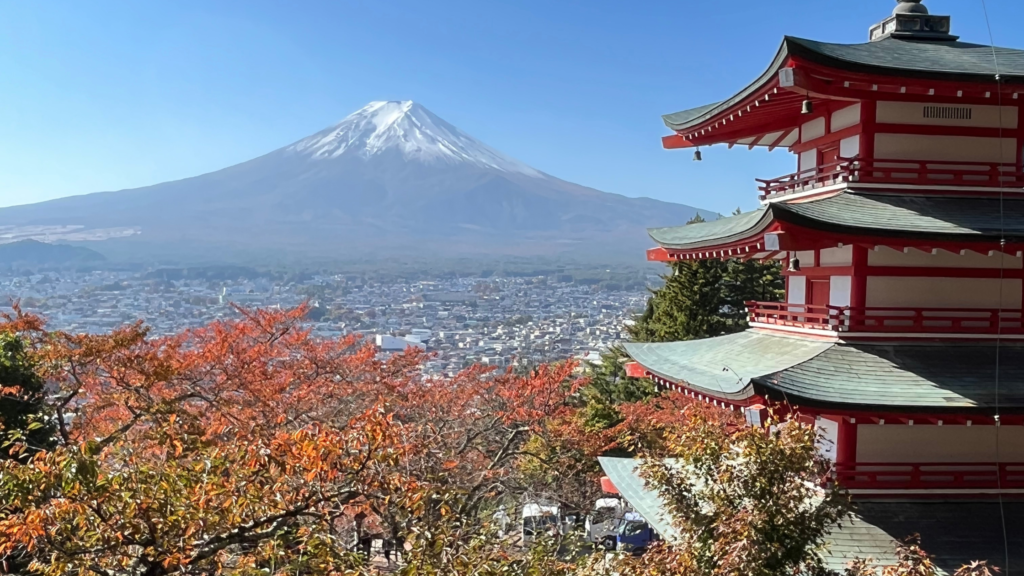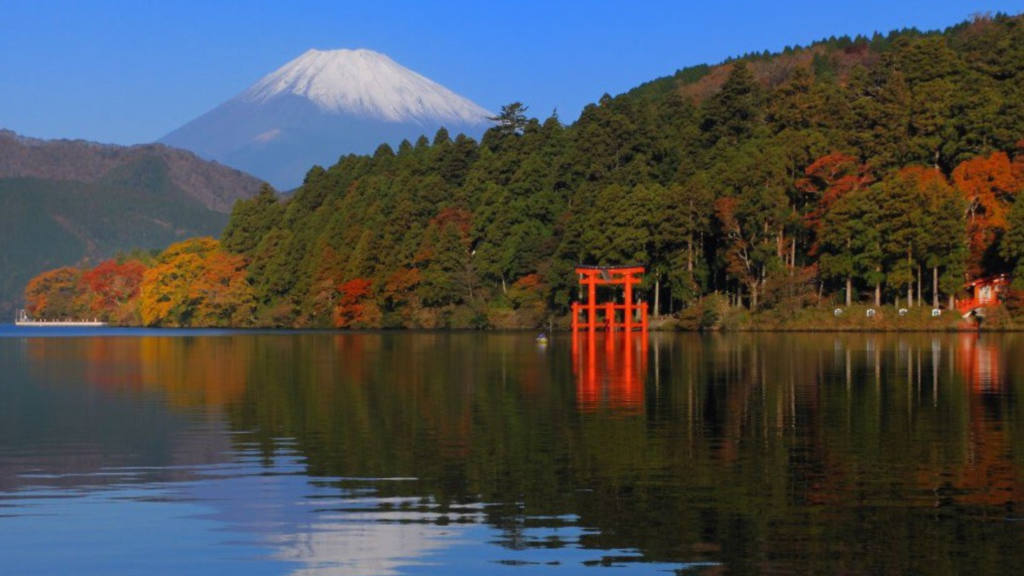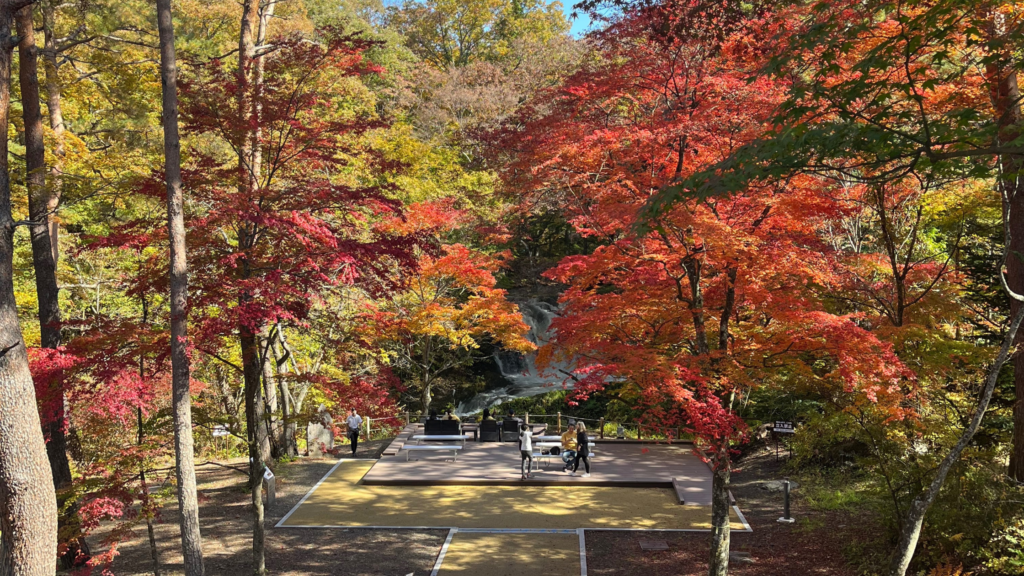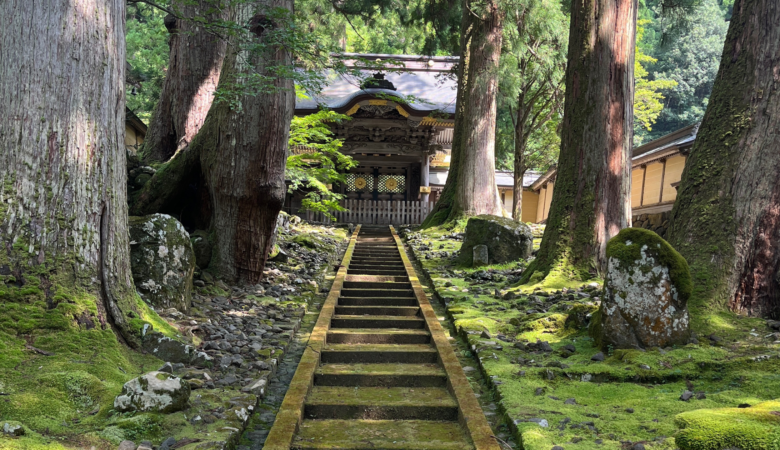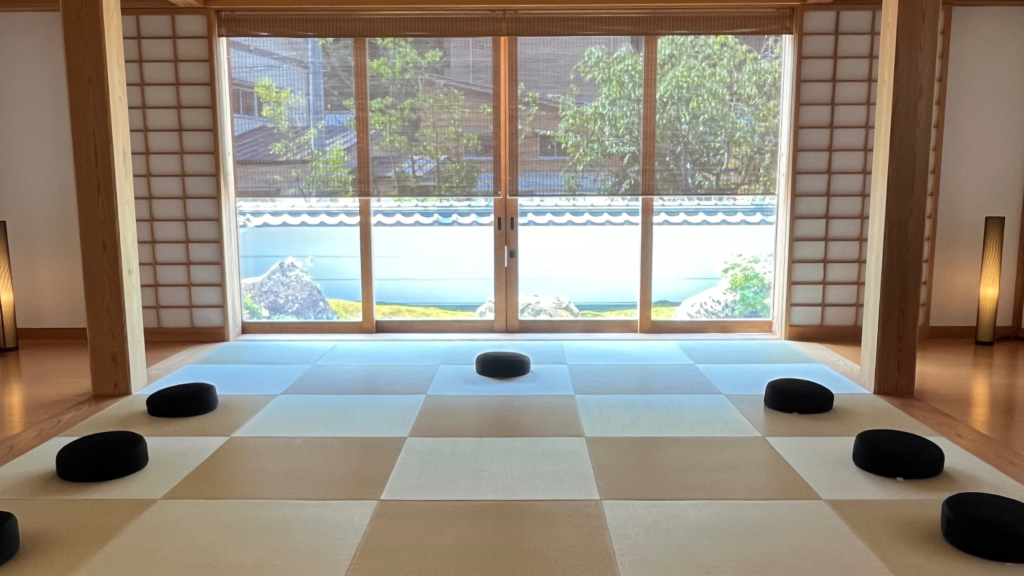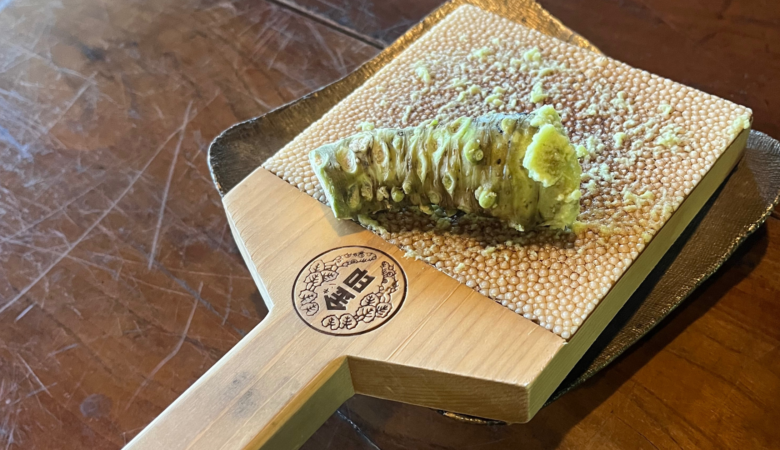Immerse Yourself in Japan’s “hot spring haven” is a treasure trove of hot springs, boasting around 3,000 hot spring resorts and over 27,000 hot spring sources. With such variety, you can indulge in numerous experiences, from soaking in soothing waters and healing wounds to savoring nutritious meals prepared using hot springs. Winter brings a unique charm, allowing you to enjoy a snow-viewing bath in snow country, where the sight of falling snow from the comfort of a hot spring is truly magical.

Discover Matsunoyama Onsen
A Hidden Gem in Niigata Prefecture This time, let me introduce you to Matsunoyama Onsen in Niigata Prefecture, celebrated as one of Japan’s top three medicinal hot springs alongside Arima Onsen in Hyogo Prefecture and Kusatsu Onsen in Gunma Prefecture. Renowned for its heavy snowfall, Matsunoyama Onsen offers a tranquil escape for those seeking relaxation in a serene, snow-covered setting.

A Tranquil Retreat in the heart of snow country nestled in a remote area blanketed by snow from December to April, Matsunoyama Onsen is a quiet and intimate hot spring town cherished by locals. Ideal for travelers yearning for a break from urban life, the town’s exceptional hot spring quality promises a regaining and refreshing experience.

History of Matunoyama Onsen
The origins of Matsunoyama Onsen date back over 700 years when a Lumberjack discovered a hot spring in a valley. He noticed a falcon is frequently to flying down one place. Then, he found that the falcon is healing its wounds. Today, this historic hot spring resort, with a lineage of more than 500 years, features 11 inns. The hot spring water here, “fossil seawater” 12 million years ago, emerges at over 90 degrees Celsius, boasting high salinity and impressive healing properties.

How to savor Matsunoyama Onsen
The essence of Matsunoyama Onsen lies in its tranquil atmosphere and relaxing hot springs. In winter, the heavy snowfall creates the perfect setting for “Yukimi Onsen” (snow-viewing baths). Delight in local cuisine made with regional sake, locally grown rice and vegetables. Stroll through the quaint hot spring town to witness the ethereal sight of white steam rising amidst the snow. Enjoy footbaths along the way and visit the public hot spring “Takanoyu,” where the slightly hot water soothes the skin, and chatting with locals enhances the experience.




Year-Round Art and Adventure The “Tsumari Art Field” is an annual event that adorns the snow country with intriguing artworks, including a striking black bull. Nearby, a beautiful beech forest offers the chance for winter snowshoe hiking.

How to get There
A Hidden Gem Within Reach from Tokyo, Matsunoyama Onsen is just an hour away by Shinkansen to Echigo Yuzawa, followed by a 50-minute local train ride to Matsudai Station, and a 15-minute inn shuttle bus or taxi. Though nestled deep in the mountains, it’s surprisingly accessible. Echigo-Yuzawa Station, the transit point, is a large station featuring delights like “Hegi soba noodles” mixed with seaweed, sizable “onigiri,” the sake-tasting “Ponshukan,” and hot springs. It’s worth lingering here to savor these local pleasures.





Explore Japan’s hidden snowy hot spring paradise while many people are visiting to Hokkaido and Nagano. Niigata’s Echigo Yuzawa, just an hour from Tokyo, offers not only fantastic skiing but also a hidden gem’s hot spring retreat. Experience the unique charm of Japan’s snow country – your enchanting winter adventure awaits!


